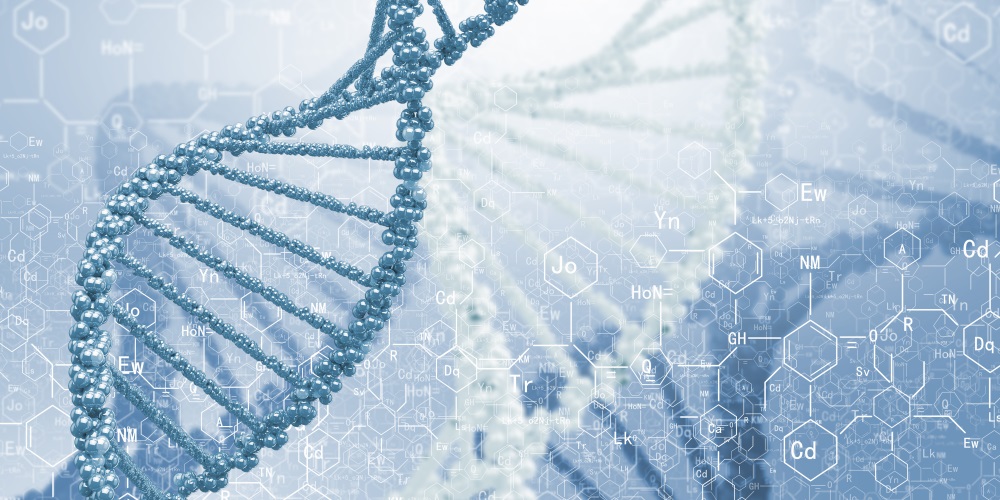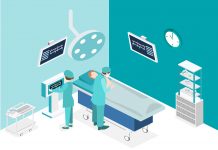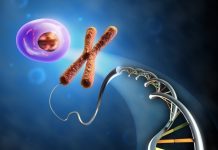I’m not sure about everyone else, but biochemistry was one of my toughest classes in school. It required a lot of memorization, chemical logic, and a fair share of just hoping for the best–it’s something that almost no one understands intuitively. There are so many reactions and cycles, and they’re all so important! Usually, passing a biochemistry class requires reading the same things over and over again until you’ve got it down, but the problem with cramming is that you tend to forget it as soon as the test is over, and with all the other classes you’re taking at the same time, it’s hard to devote so much attention to any one course. We at ARinMED believe that although hard work is very important, smart work is more lucrative. Obviously, augmented reality can help us work smart.

Researchers in the Department of Biochemistry and Tissue Biology from UNICAMP of Campinas in Sao Paulo, Brazil agree, and they have developed an app called Augmented Reality Metabolic Pathways (ARMET), which allows medical students to visualize the 3D molecular structure of molecules, including important enzymes and substrates, and how they react within a biological system. This app can make even the Krebs Cycle make sense. The structural view of molecules shows students the flow of cycles and the exchange of compounds and energy through metabolism.
The AR medium allows students to study at their own pace in a way that makes more sense than just reading out of a textbook. I used mnemonics to memorize everything in biochemistry, but I would have preferred a system that allowed me to watch the biological processes happen. This is just one pilot project that needs more testing–on larger groups of students, and in different student populations. Not every student is a visual learner, but we certainly think that having this option available will help a lot of students.

There are a lot of improvements could be made to the system. For example, expanding the molecular library and making a more comprehensive list of pathways and reactions. But after this app is a bit more developed, it can be used in classrooms and laboratories. It could be applied across multiple specialties. We like the project a lot, and we’re looking forward to seeing where it goes. We wish there was a commercial version of it right now, since we would love to try it out! Let us know what you think about it in the comments section!








